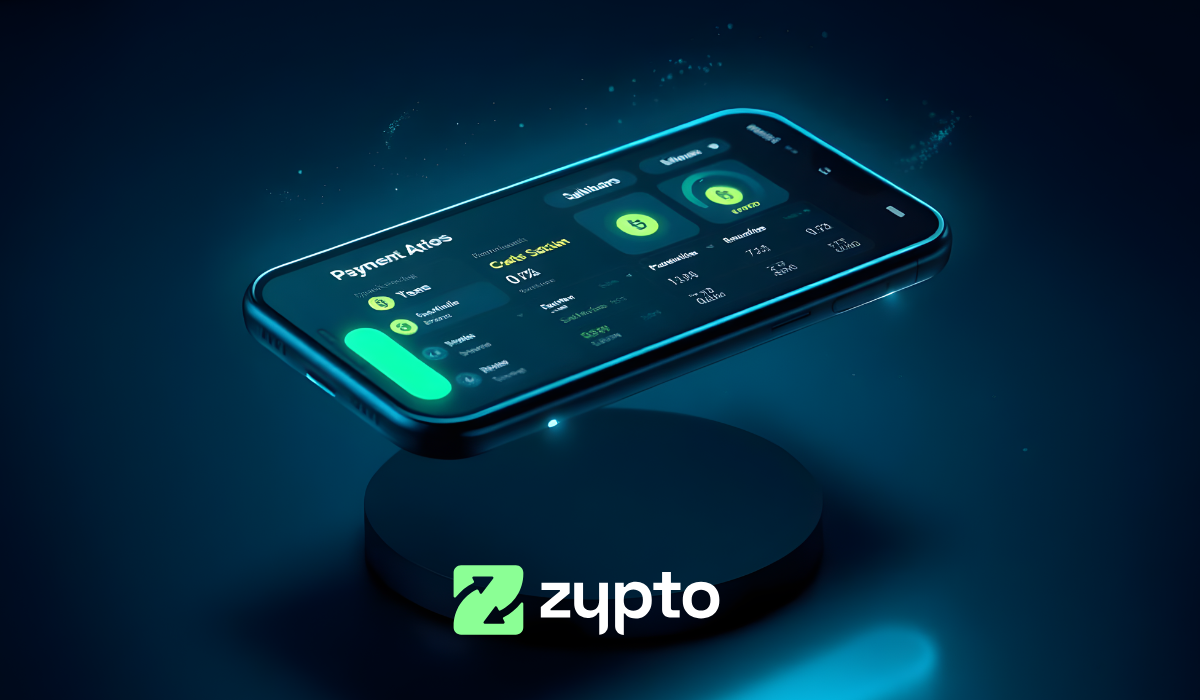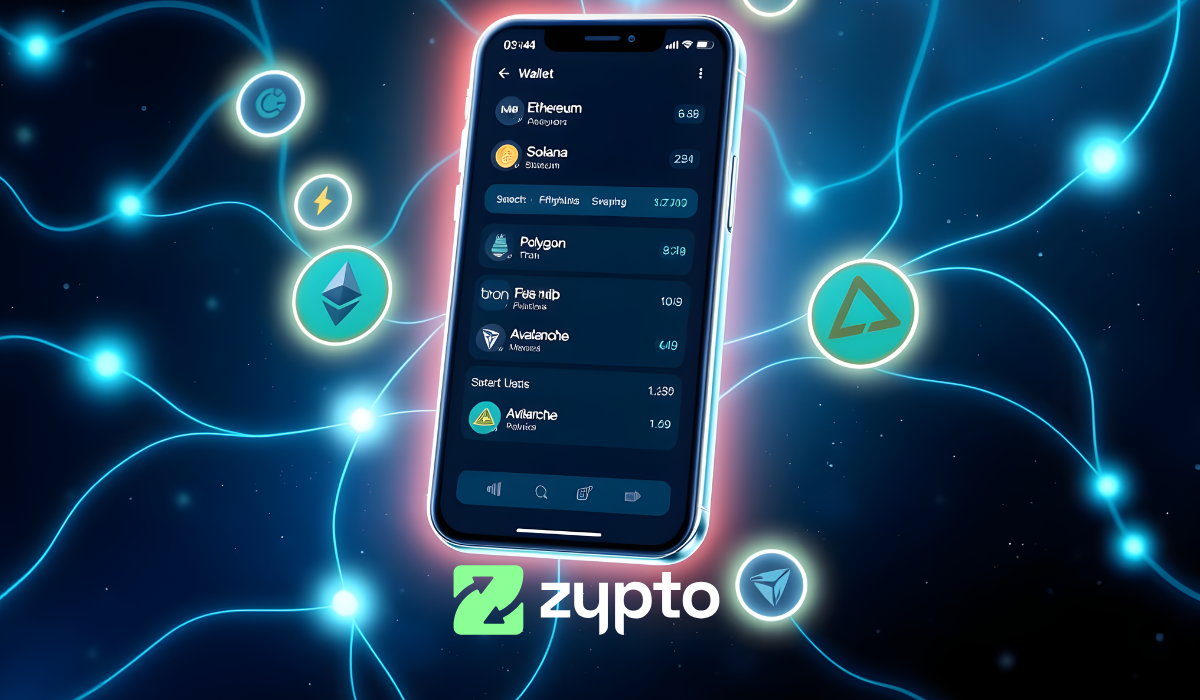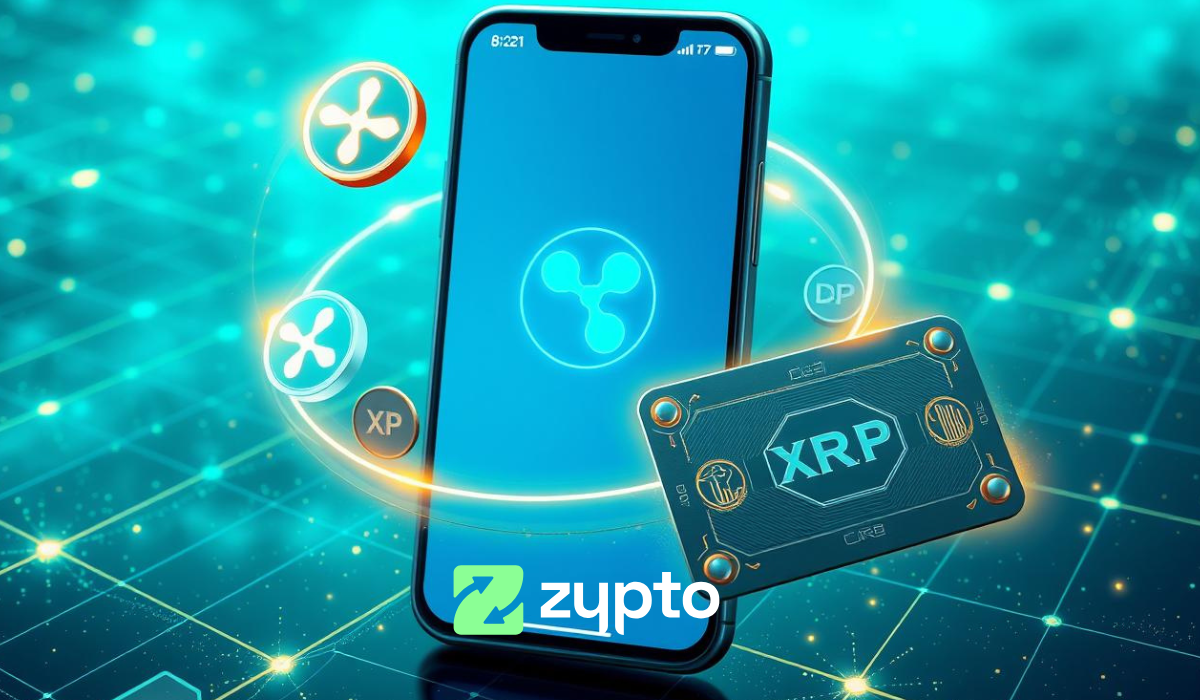Crypto cards are rapidly becoming the go-to bridge between DeFi and the real world. But with so many options on the market, ranging from prepaid virtual cards to high-limit physical cards, it’s easy to overlook the key differences that actually impact your everyday use.
This guide shows what to look for in a crypto card in 2025, based on real user priorities like transparency, usability, and security. Whether you’re a long-time on-chain spender or exploring crypto cards for the first time, here’s how to choose wisely.
1. Conversion Timing: Load vs. Spend
Most users don’t realise this, but it makes a huge difference.
Many crypto cards convert your assets at the point of sale (POS), meaning the crypto leaves your wallet the moment you tap or swipe. The problem? You can’t predict what the market is doing in that exact moment.
A better option is a card that converts your crypto at the time of load, locking in the exchange rate and giving you full visibility over what you’re spending.
Zypto cards convert at load, not at POS – so your balance is stable, not volatile. You know exactly what’s on the card before you spend a cent.

2. Real Transaction Limits
Looks sleek. Comes with a tiny $500 limit. Sound familiar?
Many cards impose strict daily, monthly, or even per-transaction limits that aren’t obvious until after you’ve signed up.
Always look for:
- Maximum per-POS transaction limit
- Online transaction capacity
- Monthly or daily spending ceilings
Zypto’s Physical Premier VISA Card supports up to $175,000 per POS and online transaction, with monthly usage limits up to $1M, making it suitable for serious spending, travel and business use.
3. The Fees: Transparent, or Hidden?
Some cards claim 0% fees – until you hit the fine print. Others hide their fee structures until you’re already committed.
A reliable crypto card should offer clear info on:
- Load fees
- Off-ramp/conversion fees
- FX fees
- Inactivity or monthly fees
Zypto charges 3% off-ramp fees and $0 monthly fees on both Premium Virtual and Physical VISA Cards. All rates are clearly published before you load.
4. KYC and Activation Process
Speed matters, but so does flexibility.
Cards that require full KYC often take days to issue. Others use soft KYC (no documents needed), which is perfect for single-use or privacy-first users.
Zypto offers both:
- Soft KYC single-load cards for fast, frictionless setup
- Reloadable premium cards with full features and high limits
All virtual cards are usually issued within minutes, and can be activated directly in the Zypto App and at Zypto.com.

5. Compatibility and Acceptance
A crypto card is only useful if you can actually use it – anywhere.
Check for:
- Support for Apple Pay or Google Pay
- Usage at online and in-store merchants
- Restrictions around ATM withdrawals
Zypto cards are accepted anywhere Visa or Mastercard are accepted, with support for Apple Pay and Google Pay on all virtual crypto cards.
6. Wallet Ownership and Security
How your card links to your wallet matters.
Some cards are fully custodial. Others offer non-custodial control, meaning you’re in charge of your funds and private keys. Bonus points for cards that integrate cold storage.
Zypto cards link to wallets you own inside the Zypto App. You can also add cold storage protection using the Vault Key Card for ultimate on-chain control.
7. Supported Assets: Beyond the Basics
Most crypto cards support Bitcoin and Ethereum, but what about the rest?
Check if the card supports:
- Stablecoins like USDC, USDT, UDS1
- Memecoins and altcoins (e.g. PEPE, SHIB, SOL)
- Native tokens across multiple chains
Zypto cards support over 100 cryptocurrencies, including major coins, altcoins, memecoins, and stablecoins. You choose what you want to use – no banks, no off-ramps, no barriers.
Final Thoughts: Choose a Card That Works for You
Your crypto card shouldn’t limit your lifestyle, it should power it.
In 2025, the best cards are those that combine high limits, full transparency, and DeFi-friendly controls. They should work wherever you go, whatever you spend, and however you prefer to manage your digital assets.
Zypto offers a full range of crypto cards for every need, from high-limit reloadable cards to fast, soft-KYC single-load options. All are available inside the Zypto App and at Zypto.com.
Explore the Zypto Card Range →

FAQs
What is the difference between converting crypto at load and at POS?
When a crypto card converts at load, the exchange rate is locked in when you top up the card. If it converts at POS (point of sale), the conversion happens during the purchase, which may result in different amounts depending on real-time market fluctuations.
Why does conversion timing matter in a crypto card?
Conversion timing affects how much you ultimately spend. Converting at load gives users control over the rate, while converting at POS exposes them to price volatility at checkout.
What features should I compare when choosing a crypto card?
Key features include conversion method, transaction limits, fee structure, KYC process, wallet compatibility, asset support, and where the card is accepted.
Do all crypto cards support Apple Pay and Google Pay?
No, not all crypto cards are compatible with mobile payment platforms. It’s important to check whether the card can be linked to Apple Pay or Google Pay before choosing.
Are there crypto cards with high transaction limits?
Yes, some crypto cards offer high transaction and monthly spending limits, especially premium physical cards. These are more suitable for frequent or high-volume users.





























0 Comments